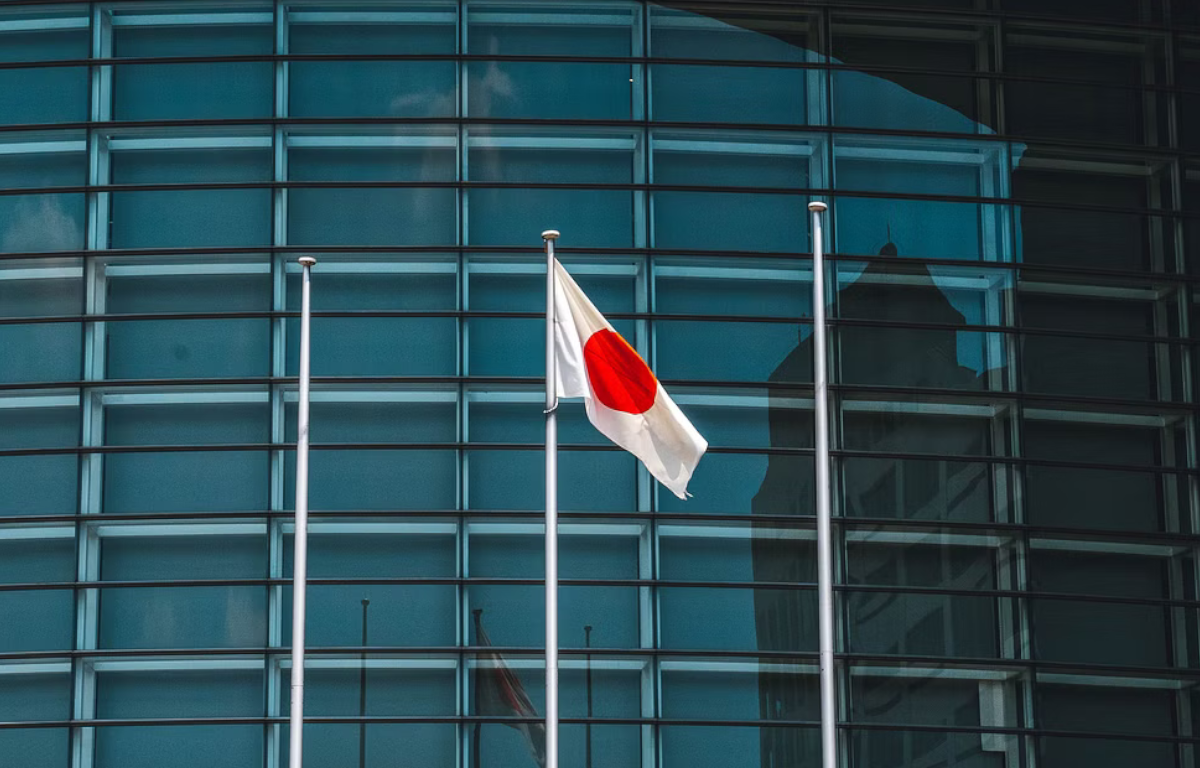
The map in question is a product of cartographic controversy, illustrating borders and territorial claims. In this case, it’s a depiction of the region along the Himalayan border shared by India and China. The areas depicted as Chinese territory on the map, particularly in the eastern sector of the border, have raised eyebrows in India, as they are clearly within the internationally recognized Indian territory.
India’s reaction to the map has been swift and unequivocal. The Indian government lodged a strong protest with China, asserting that the map’s depiction of Indian territory as Chinese is not only incorrect but also violates the principles of territorial integrity and sovereignty, which are fundamental tenets of international relations.
The Ministry of External Affairs in India issued a formal statement condemning the map, stating, “We reject such artificial claims and the cartographic depiction made in the map, which is not based on facts and is a violation of our sovereignty and territorial integrity.”
To understand the significance of this dispute, it’s essential to look at the historical context of the India-China border issue. Both countries share a long, disputed border that stretches over 3,440 kilometers and is characterized by varying topography and terrain, making demarcation challenging. The two nations fought a brief but intense war in 1962 over this border dispute, which ended in a ceasefire but without a clear resolution.
Since then, the border has remained a sensitive and contentious matter, marked by occasional skirmishes and standoffs between the two militaries. The lack of a defined border has led to disagreements over the Line of Actual Control (LAC), which serves as a de facto border.
The recent map controversy highlights the importance of diplomacy in resolving border disputes. Both India and China are major global players with a shared responsibility to maintain regional peace and stability. Open communication, dialogue, and adherence to international norms are essential to finding a mutually acceptable solution to the long-standing border issue.
Given the complexities of the India-China border dispute, international mediation may also play a crucial role in finding a lasting resolution. Third-party mediation can offer a neutral platform for both countries to present their claims, discuss their concerns, and work towards a mutually acceptable solution. The involvement of organizations like the United Nations or diplomatic efforts by friendly nations could prove instrumental in de-escalating tensions.
The recent dispute over a map claiming India’s territory as part of China underscores the need for peaceful and diplomatic means to address long-standing border issues. Both India and China have expressed a desire for a peaceful resolution to their territorial disputes, and this latest incident should serve as a reminder of the importance of dialogue, cooperation, and adherence to international norms in achieving that goal. Ultimately, a peaceful resolution to the India-China border issue is not only in the best interest of the two nations but also crucial for regional stability and global peace.










Share this: